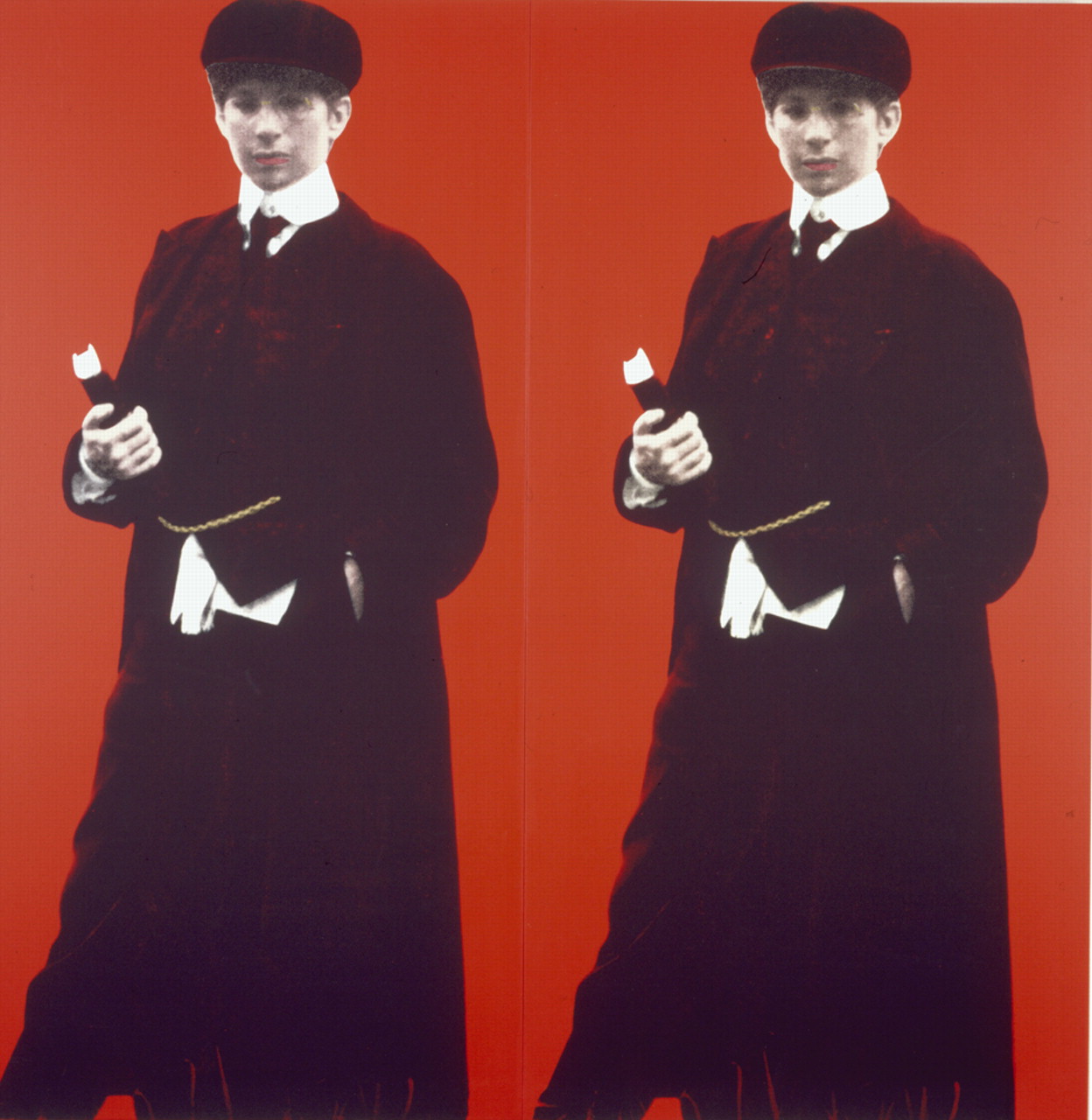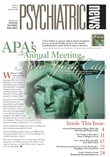Former New York mayor Rudolph Giuliani said, “One of the many things I love about New York City is that you can travel around the world and never leave the five boroughs.”
In fact, you might not even have to venture far from the Upper East Side of Manhattan to explore many of the world’s major cultures.
El Museo del Barrio was founded in 1969 by a group of Puerto Rican educators, artists, and community activists in East Harlem’s Spanish-speaking El Barrio.
The museum later expanded its mission to include art and culture of the Caribbean and all of Latin America. Among its 8,000-object collection are pre-Columbian vessels, Puerto Rican prints, and photographs documenting the early years of Latin American migration to New York City.
In May El Museo del Barrio will exhibit 100 paintings, drawings, sculptures, and prints of artists from the Caribbean and Latin America that are part of the permanent holdings of the city’s Museum of Modern Art.
Within walking distance of El Museo del Barrio, the Jewish Museum will be celebrating its centennial year, which began on January 21.
The director of the museum, Joan Rosenbaum, said, “For 100 years and counting, the Jewish Museum has been about the power of art objects to convey the many dimensions of the Jewish experience, and by extension of human experience, throughout the ages and around the world.”
Visitors in May will be able to see an artwork from Shimon Attie that was commissioned for the centennial. He is creating an installation that uses three-dimensional projections and laser-written texts to create the illusion of objects from the museum’s collection floating before the viewer’s eyes.
The permanent collection includes paintings, sculpture, prints, photographs, archeological artifacts, and ceremonial objects.
The Asia Society and Museum offers artworks dating from 2000 B.C. to the 19th century. The core of the collection was donated by Mr. and Mrs. John D. Rockefeller III.
In May the museum will feature “Golden Fantasies: Japanese Screens From New York Collections.” The title refers to the lavish use of gold leaf to depict cloud and ground area motifs.
Screens in Japanese culture are decorative, functional, and symbolic objects. In the May exhibit, for example, a series of screens will highlight famous places or symbols from the natural world through poetic associations well known to the Japanese. Another series of screens, “Lives of the People,” depicts entertainment and crowd scenes that resulted from the increase in urbanization. Staff are planning educational activities to complement the exhibition.
A visit to the Studio Museum in Harlem requires a trip further uptown and to Manhattan’s West Side. The museum focuses on 19th- and 20th-century African-American art and 20th-century African and Caribbean art. In May the museum will host an exhibition of the contemporary artist Fred Wilson.
The artist creates “mock” museum installations into which he places objects that encourage the viewer to consider how museums perpetuate racist beliefs and behavior. ▪

